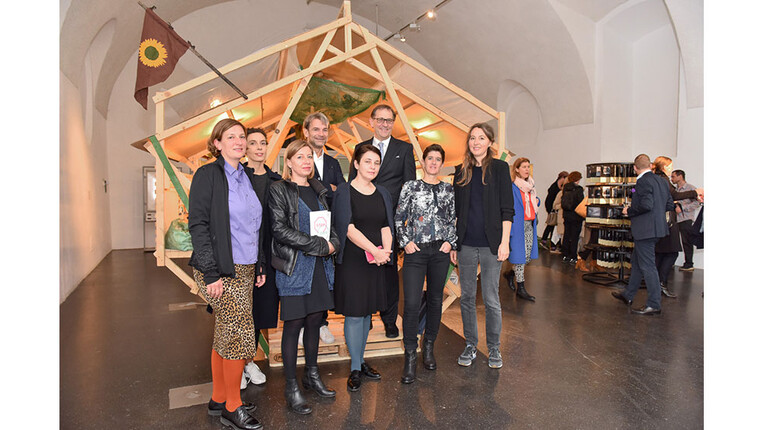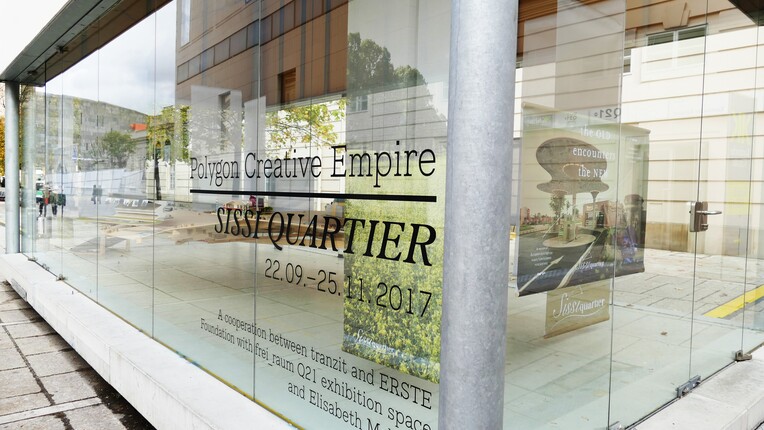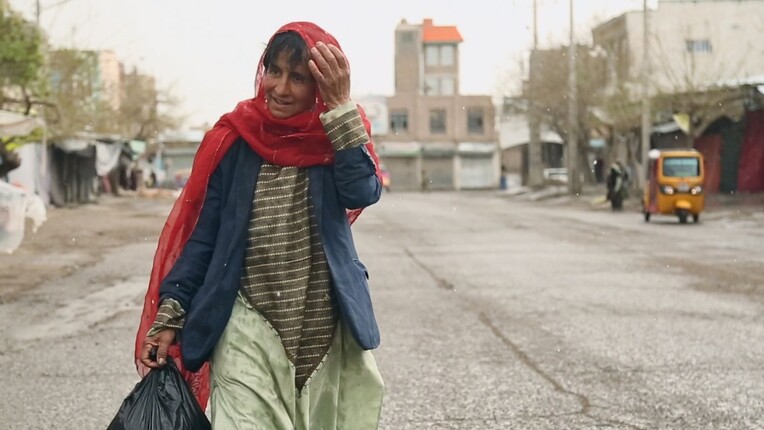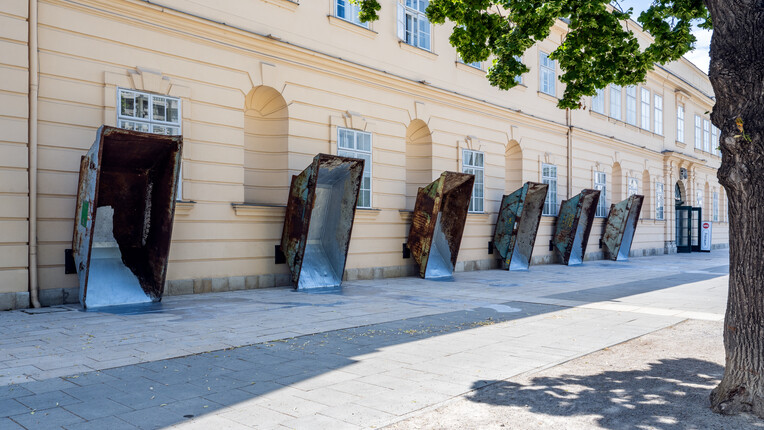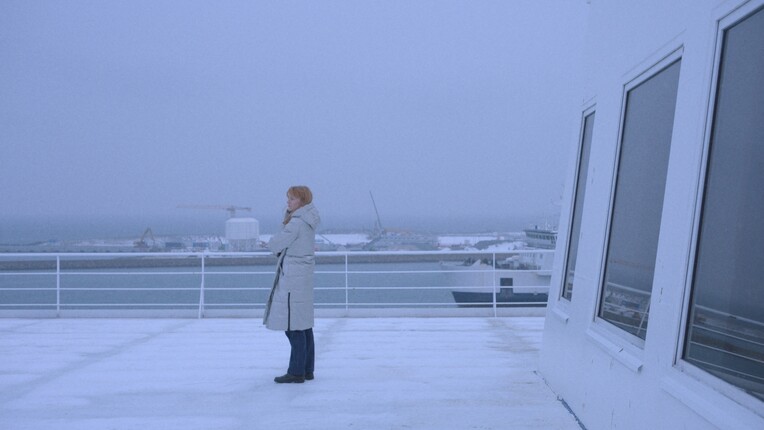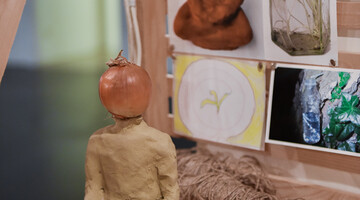
ex-artists’ collective: Famine Food
Part of the exhibition “Stopover: Ways of Temporary Exchange” in the frei_raum Q21 exhibition space, the Famine Food installation realised by the ex-artists’ collective invites us to re-think our relation to economics, nature, pre-modern, folk and popular forms of knowledge, and modern utopias.
Part of the exhibition “Stopover: Ways of Temporary Exchange” in the frei_raum Q21 exhibition space, the Famine Food installation realised by the ex-artists’ collective invites us to re-think our relation to economics, nature, pre-modern, folk and popular forms of knowledge, and modern utopias.
“Being prepared for a future collapse means already being autonomous in the present”
– ex-artists’ collective slogan from the Famine Food project
The curator Judit Angel discussed practices of survival, resistance and self-support, the power of collectivity and the merging of art and life with the two members of the ex-artists’ collective, Anikó Loránt and Tamás Kaszás.
Judit Angel: It has been noticed that many of your works function as visual aids, that they are meant to offer guidance in finding solutions to acute problems of today. In what sense is Famine Food a visual aid?
ex-artists’ collective: We don’t see these visual aid installations as educational tools. We rather try to deal with the complexity of certain themes by observing and showing different fragments in a spatial constellation. These kinds of works might rather inspire or just bring us closer to some topics and don’t give any clear guidance or solutions. We think people should find them for themselves, as we also try to figure things out for ourselves and not to follow instructions. We believe in diverse solutions.
What types of knowledge and practice is Famine Food based on? Which theories have influenced your approach?
The Famine Food project is based on poverty. We wanted to raise our living standard without money, so we started collecting knowledge on the goods available from nature. We are continually trying new things, and some have become a regular habit in the seasonal cycle. For example, in autumn wherever we go we collect the walnuts that we find along the way, and this covers our yearly needs. Crushed walnuts are relatively expensive in the shops. Almost every year we collect lime-tree blossom, elderflowers, nettles, mushrooms, blackberries, blackthorn and apples as well. The process from theory to practice is documented in many ways but what is seen in the exhibition is already filtered through poetry in a way. But Famine Food is not only about poverty and survival of course, but also touches on other current topics like the low diversity of globalised foods, fading folk wisdom, cultural determination, the commons etc.
How do you see the connection between self-sufficiency and collective work in the process of becoming independent of the system?
It is simple. If you can do things for yourself you don’t depend on others. You may have many skills but maybe not covering everything needed in life so it is good if you have a friend who can help… However we don’t think that we could be 100 per cent independent of the system. But we have a vision about a global network of small tribes in solidarity, so friendship and family might create a sporadic tribe. The collective is just an atavism in our case.
You live and work on Szentendre Island near Budapest. What does this form of life provide you with?
It is not that special, kind of a basic country life, but it is not like a farm. Still we are close to the forest and the river, we have a small garden so we can try many things in practice. We are also forced to use our creativity and learn different subsistence skills. We heat with wood, which is the most direct and clean ways of heating, but it requires a certain range of work, splitting, kindling, ash handling and reusing, stove and chimney maintenance. But it also includes what kind of wood gives you the heat, how to splice it, how it burns etc. So a lot of practical and theoretical knowledge is related to the simple activities around the house.
What is the economics between your everyday life and art practice? How do you share work?
We don’t have proper studio so we work at home inventing different working spaces, often outdoors. And many phases of our project are integrated into everyday life in small portions. Because our enterprise is based on institutional art practice (from which we try to earn money and get other benefits), unfortunately our everyday activities are divided: while one of us primarily manages art projects, the other has a greater share of household and work with the children.
What are your plans for the near future? What would an optimal solution to merging your art practice and everyday needs be?
We have a naive plan that our name also suggests. We consider our institutional artwork as an enterprise that is supposed to help us earn enough money to buy a farm, which will later be the foundation of our existence and will replace the art practice. Creative activity, which is common to the field of art, can be applied very well in a small economy where many problems need to be considered and implemented.
FAMINE FOOD
part of the exhibition “Stopover – Ways of Temporary Exchange”
Date: thru Nov 25, 2017, opening hours: Tue-Sun 13-20:00
Location: frei_raum Q21 exhibition space / MuseumsQuartier Wien
#stopover
www.Q21.at
